
views
- Knives are allowed on checked bags. Just put the knife in its sheath or wrap it in bubble wrap and packing paper before putting it in your bag.
- You cannot bring any knives through TSA in a carry-on unless they have blunt, non-serrated edges or are made of plastic.
- Pocket knives, Swiss army knives, and utility knives must be packed in checked baggage.
Safely Packing Knives in Checked Luggage
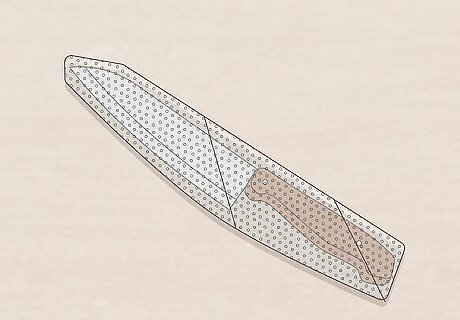
Sheathe or wrap your knife securely. If your knife came with a sheath, put it on before packing the blade so it doesn’t injure anyone. If you don’t have a sheath, wrap the blade in a towel or bubble wrap. Then, securely wrap a few layers of packing paper around the package. There isn’t a restriction on blade length when you pack a knife in a checked bag. While the TSA allows any type of knife in a checked bag, make sure to check customs restrictions for countries you’re traveling to internationally. Label the knife’s package so any airline security immediately recognizes what’s inside. That way, they’ll be more careful handling the package as well.
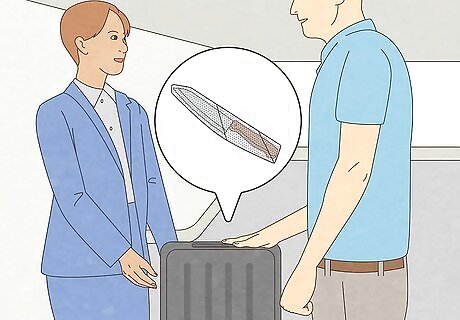
Declare the knives to the airline when you check your bag. When you drop your bag off at the check-in counter at the airport, let the attendant know there is a knife inside. They’ll relay the information to ensure baggage handlers and inspectors stay safe.
Can knives go through TSA in a carry-on bag?
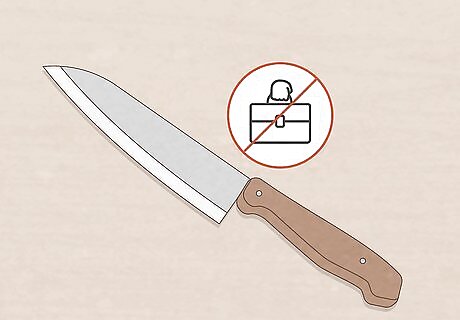
No, all sharp knives are prohibited from carry-on bags. Blades of any size with pointed or sharp edges are only allowed in checked baggage. This includes box cutters, pocket knives, Swiss army knives, and utility knives. Blades that have blunt, non-serrated edges or are made from plastic are allowed on your carry-on bag.
TSA Rules for Sharp Objects
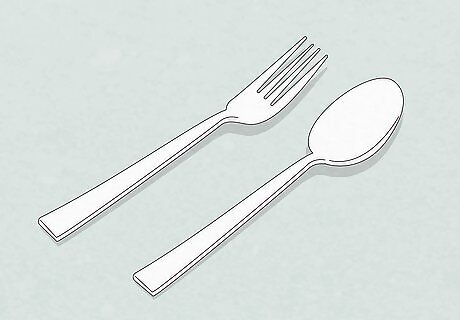
Utensils Utensils like forks and spoons are allowed in either checked bags or carry-ons, no matter what they’re made from.
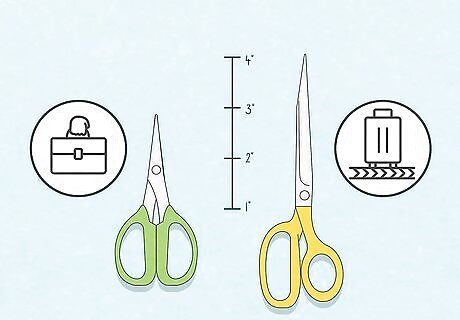
Scissors If your scissors have blades shorter than 4 inches (10 cm), then you can bring them through TSA on a carry-on. If they’re any larger, put them in a checked bag instead. If you have scissors in a carry-on, let TSA officers know before you go through security. Sheathe or wrap scissors in a checked bag to prevent any injuries.

Multi-tools If your multi-tool doesn’t have a blade, then you can bring it in a carry-on or checked bag. If the tool has scissors longer than 4 inches (10 cm) or any knives at all, then you can only bring it in a checked bag.
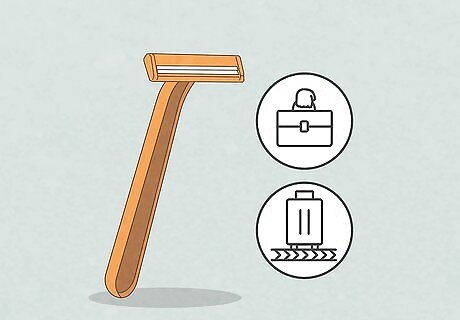
Disposable razors Normal disposable razors for shaving are allowed in both carry-on and checked baggage. Just make sure the blade is covered.
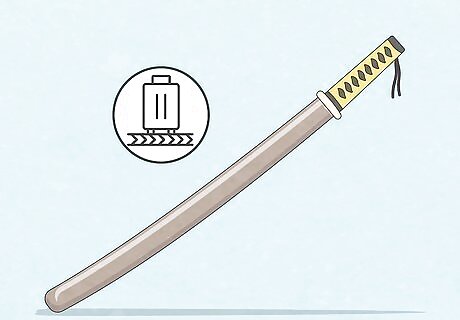
Swords Even if your sword has a blunt edge, it’s only allowed on a plane in a checked bag. Keep swords sheathed or wrapped in protective layers to prevent injuries. Inform the airline attendant when you check your bag that it contains a sword so any handlers stay safe. Even foam toy swords are not allowed on planes unless they’re in a checked bag.
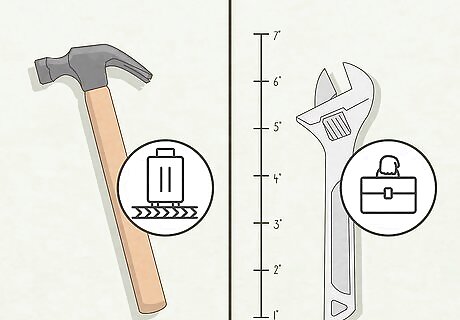
Tools Tools with sharp edges or heavy parts, like saws or hammers, are only allowed in checked bags. However, screwdrivers and wrenches shorter than 7 inches (18 cm) are allowed in carry-ons.

















Comments
0 comment